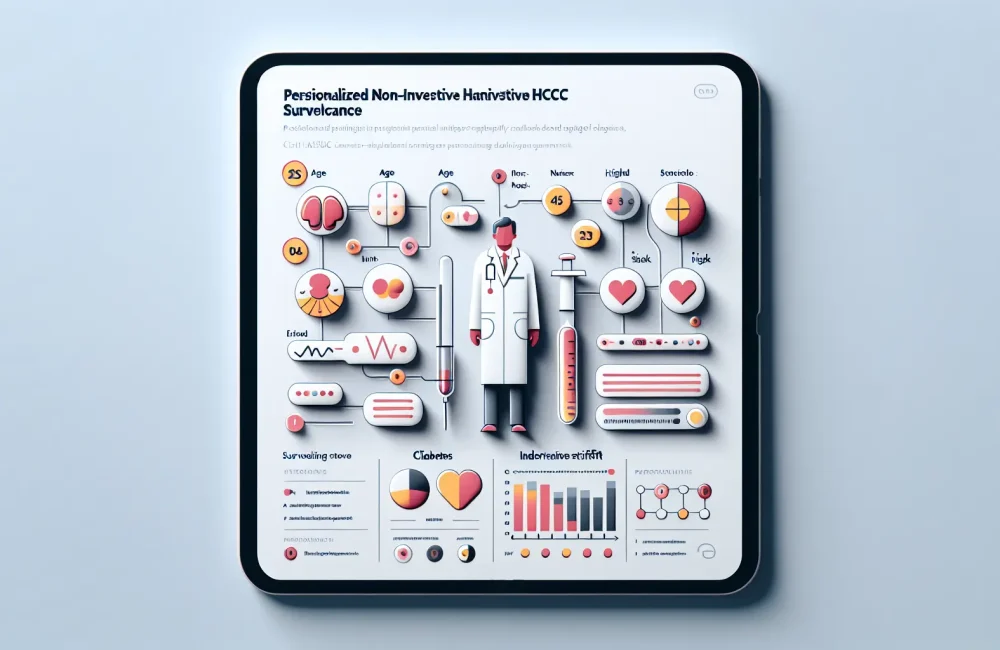By CAFMI AI From New England Journal of Medicine
Efficacy of Daratumumab in High-Risk Smoldering Multiple Myeloma
Smoldering multiple myeloma (SMM) represents an asymptomatic but high-risk precursor stage to multiple myeloma, where early detection and treatment strategies are crucial to prevent progression to active disease. A recent phase 3 randomized clinical trial evaluated the effectiveness of daratumumab, a CD38-targeting monoclonal antibody, in delaying disease progression compared to conventional active monitoring in patients with newly diagnosed high-risk SMM. The trial enrolled 200 patients who were randomized equally into two groups: one receiving daratumumab therapy and the other undergoing standard active observation without immediate treatment. The primary outcome measured was progression-free survival (PFS), with secondary outcomes including overall survival rates, response levels to treatment, and safety profiles of the intervention. At a median follow-up period of 36 months, the results demonstrated a substantial clinical benefit for patients treated with daratumumab. Specifically, the median PFS was not reached in the daratumumab group, indicating durable disease control, in stark contrast to 24 months median PFS observed in the active monitoring cohort. The hazard ratio for progression or death was 0.40 (95% confidence interval, 0.25 to 0.65), signifying a 60% reduction in risk and underscoring the therapeutic impact of early targeting of malignant plasma cells. This pivotal finding suggests that daratumumab may alter the natural history of high-risk SMM, shifting the paradigm from watchful waiting to proactive intervention.
Safety Profile and Clinical Implications of Early Treatment
Aside from its efficacy, the study also extensively characterized the safety and tolerability of daratumumab in this patient population. While adverse events were noted, including infusion-related reactions, neutropenia, and increased susceptibility to infections, these effects were generally manageable with appropriate clinical oversight and supportive measures. Importantly, the safety profile observed aligns with existing knowledge of daratumumab from its use in more advanced multiple myeloma cases, reinforcing the feasibility of its application in earlier disease stages. For clinicians, these findings carry significant implications: they support reconsidering the current management approach for patients classified as high-risk SMM. Early initiation of daratumumab could potentially delay or prevent transformation to overt multiple myeloma, which typically requires more intensive and toxic therapies. This might translate to prolonged patient quality of life and improved long-term survival outcomes. The data also indicate that healthcare providers should carefully monitor for expected side effects, implementing timely interventions to mitigate risks while maximizing therapeutic benefits.
Guideline Context, Follow-Up, and Primary Care Considerations
This trial’s outcomes contribute to evolving guideline discussions regarding the treatment of smoldering multiple myeloma. Traditionally, management of high-risk SMM has favored active surveillance until symptomatic progression, reflecting concerns about treatment toxicity and uncertain benefits of early intervention. However, with robust evidence demonstrating daratumumab’s ability to significantly delay progression, clinical practice guidelines may soon incorporate early treatment options for this subgroup. From a primary care perspective, this shift necessitates a vigilant approach to identifying patients with smoldering multiple myeloma who meet criteria for high-risk status. Clinicians should be familiar with relevant diagnostic markers and risk stratification tools that define this category to facilitate timely referral and initiation of therapy. Counseling patients on the benefits and potential side effects of early treatment is essential, as is planning for regular follow-up to assess treatment response and monitor for adverse events. Additionally, understanding differential diagnoses and red flag signs that may signal disease progression remains critical in ongoing patient management. Overall, integration of daratumumab into the therapeutic armamentarium for high-risk SMM positions healthcare providers to improve outcomes through earlier disease-modifying interventions while balancing safety and quality of life considerations.
Read The Original Publication Here






